The Sydney Opera House is located on the visually prominent outcrop of Bennelong Point, in the shadow of the Sydney Harbor Bridge, and, with its distinctive silhouette, is an icon of Australia and one of the world’s most recognizable architectural landmarks. Designated as a UNESCO World Heritage Site in 2007, the waterfront performing arts center was designed by Danish architect Jørn Utzon in collaboration with structural engineer Ove Arup & Partners (the firm has evolved into international powerhouse Arup). It officially opened its doors in 1973, with Queen Elizabeth II presiding over the ceremony, and today marks the semicentennial anniversary of that commemoration.
Like many great works, the success of the final product can mask the herculean efforts and near intractable challenges overcome behind the scenes. The project was completed a decade behind schedule and the original $7 million (AUD) budget ballooned to over $100 million (AUD), not to mention that factional strife led to Utzon’s resignation as architect in 1966.

Queen Elizabeth II led the commemoration on October 20th, 1973. Photo courtesy Leo Davis Collection

The arts center required novel structural solutions. Photo courtesy Sydney Opera House Trust
Construction began in 1958 with the demolition of the Fort Macquarie Tram Depot, named after Governor Lachlan Macquarie, one of the earliest governors of New South Wales and something of an Australian founding father. The following year, work commenced on the complex’s podium, which measures 600 feet long by nearly 400 feet wide and houses the back-of-house functions of the multiple theaters and concert halls above. That podium rests on 700 steel-cased concrete shafts, all approximately 3 feet in diameter, bored into the loose alluvial deposits below, with mass concrete foundations filling the voids in between. According to the Sydney Opera House in a concrete conservation report dating from 2018, the largely column-free spaces within the podium result from Arup’s integration of folded plate structures and prestressing as of undulating concrete beams.
In the essay “Platforms and Plateaus: Ideas of a Danish Architect,” penned for Zodiac: International Magazine of Contemporary Architecture, Utzon describes this programmatic arrangement as letting the “platform cut through like a knife and separate primary and secondary functions completely. On top of the platform the spectators receive the completed work of art, and beneath the platform every preparation for it takes place,” drawing on the precedents of monumentally scaled platforms and plinths ranging from the Acropolis in Athens to Mayan temples.
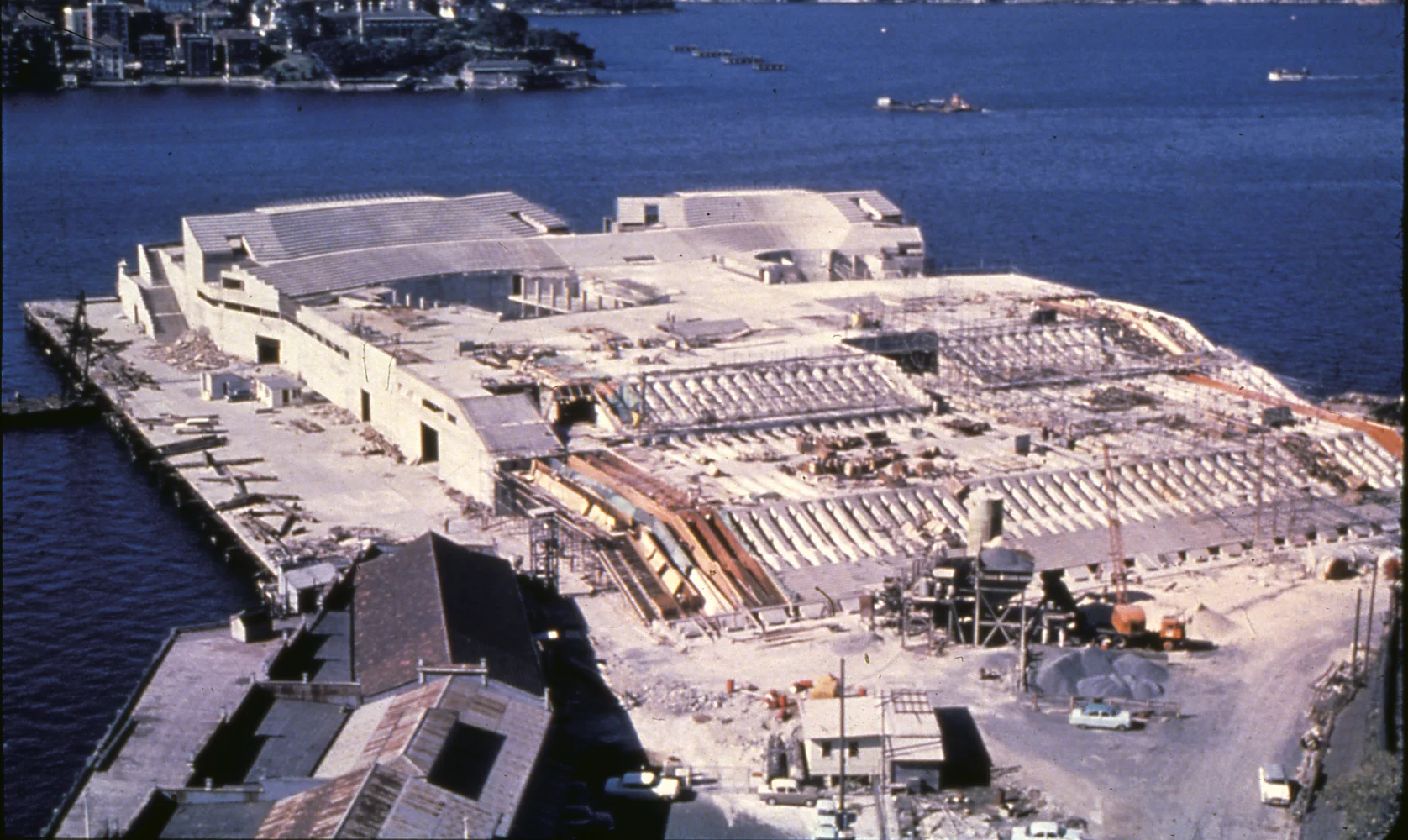
The concrete podium rests on hundreds of steel-cased concrete shafts. Photo courtesy Sydney Opera House Trust
Utzon’s original proposal was largely conceptual, and the execution of those sweeping roof sails required an on-the-go iterative process between architect and engineer, and, to that end, saw one of the first applications of computational design to conduct structural analysis. The solution was a precast concrete system, dubbed by Utzon as his “key to the shells,” where each of the 10 shells acts as a composite part of a single sphere. That breakthrough facilitated the mass production of nearly 2,200 precast concrete sections, some weighing up to 15 tons, with approximately 70 miles of ducts for steel stressing cables. In turn, those cables are tied to cast-in-place concrete pedestals that rest atop the building’s foundation columns. The rib structures were then clad with approximately 3,400 chevron-shaped concrete tile lids that support just under 1 million ceramic tiles fabricated in Sweden.
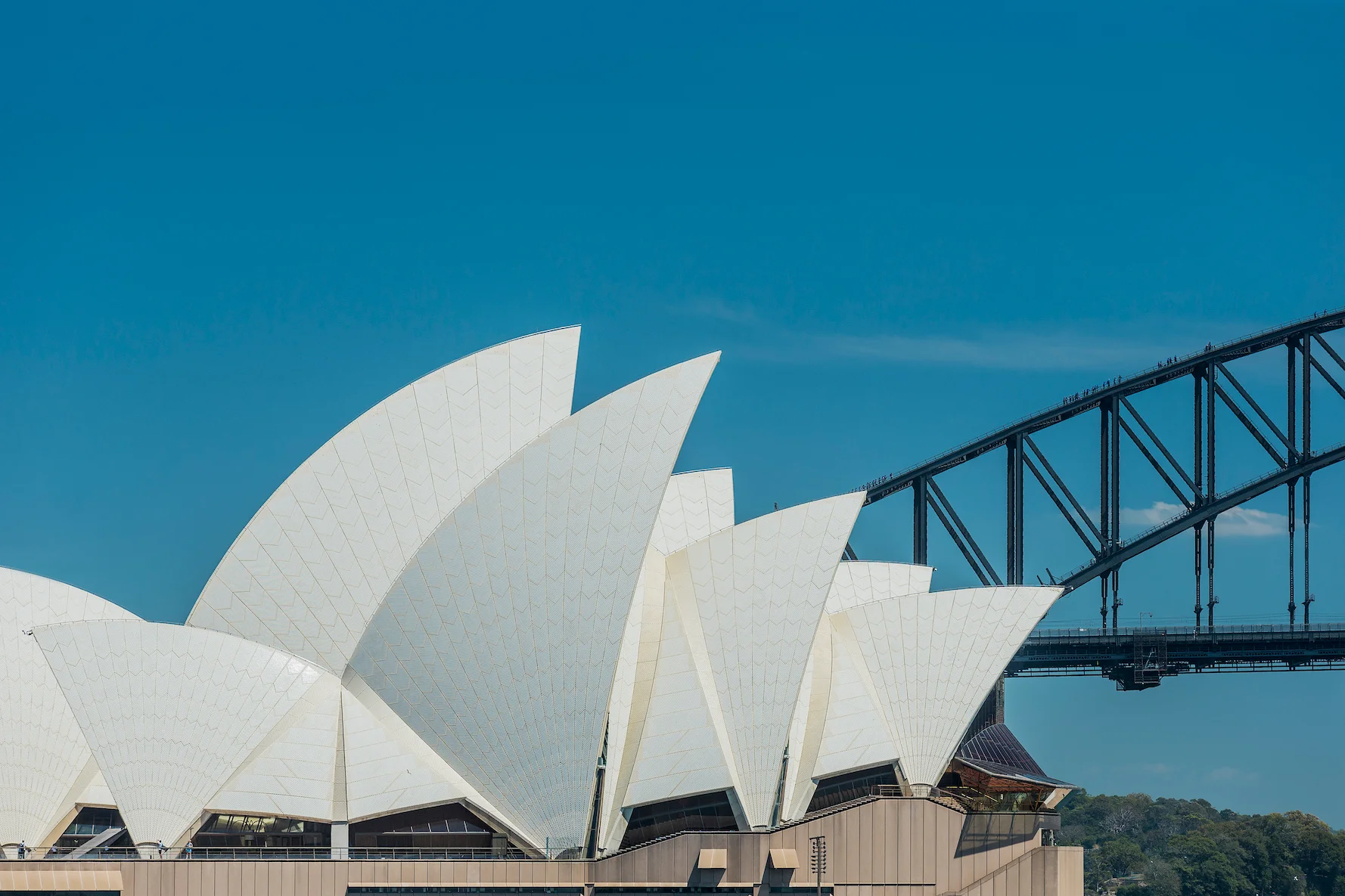
The world heritage-listed landmark and its shell-like volumes are clad with approximately 1 million ceramic tiles. Photo © Hamilton Lund
While the Sydney Opera House became an instant landmark, the acoustics of its primary concert hall were notoriously awful, partially due to the great interior heights within the structure’s shells. To remedy that longstanding issue, the Sydney Opera House hired ARM Architecture to conduct a $150 million (AUD) two-year renovation. The project wrapped up in July 2022, and saw the introduction of acoustic reflectors in the form of 18 petal-shaped fiberglass reflectors suspended above the stage and acoustic diffusing box fronts and drapes. Behind the scenes, ARM Architecture inserted new stage risers, theater machinery and flying equipment, and a new passageway between the foyer levels. The renovation was awarded the 2023 New South Wales Architecture Medallion, John Verge Award for Interior Architecture, and the Greenway Award for Heritage Architecture.
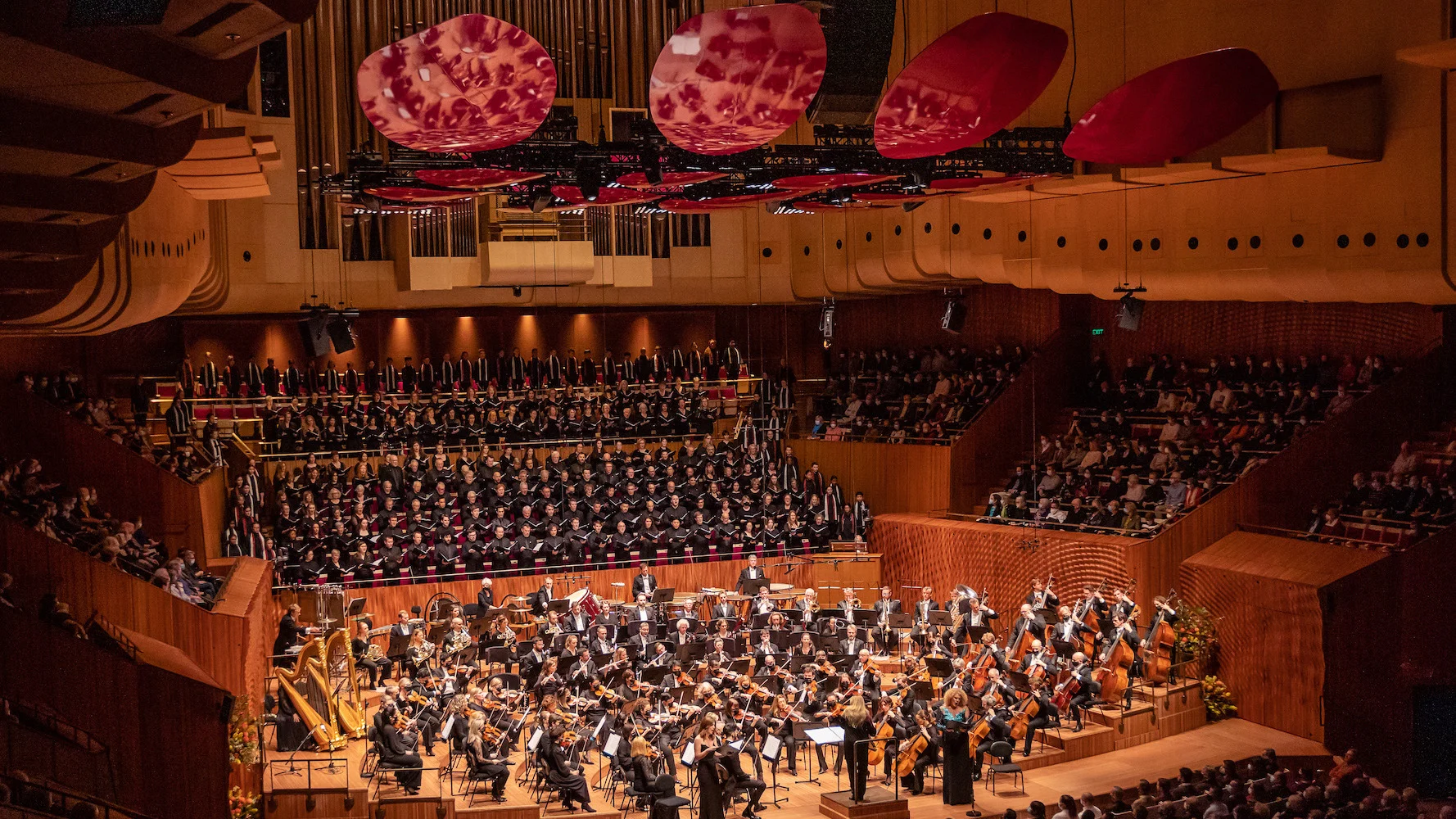
ARM Architecture led a substantial recent renovation that included acoustical engineering. Photo © Daniel Boud
The Sydney Opera House has been celebrating the anniversary with a month-long birthday festival, featuring musical performances, film screenings, and tours.
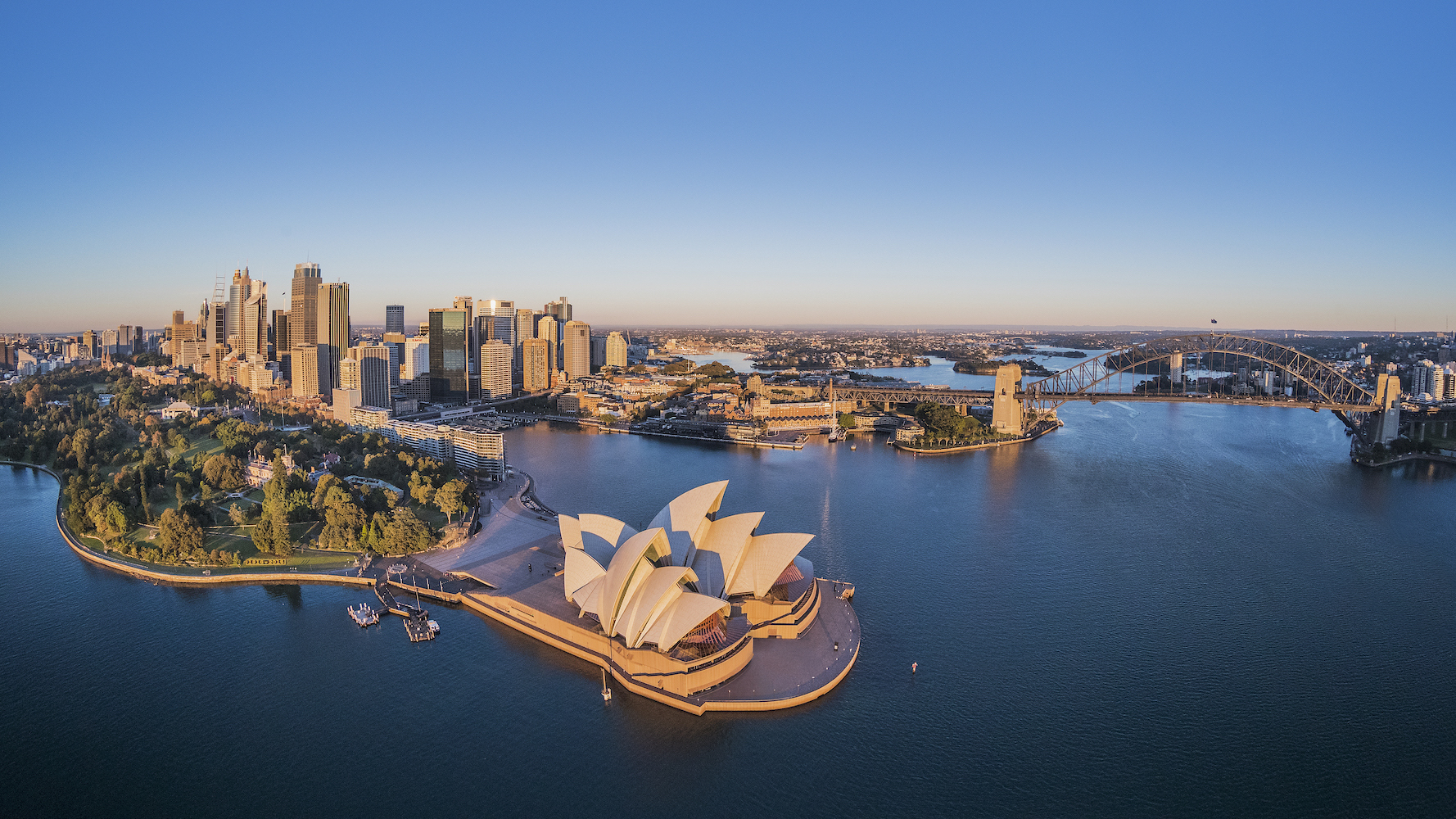


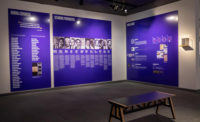

Post a comment to this article
Report Abusive Comment